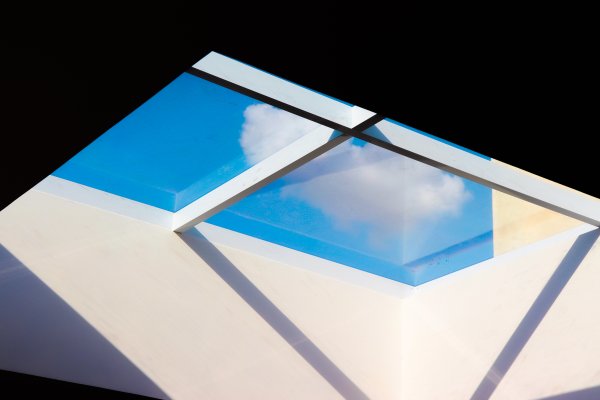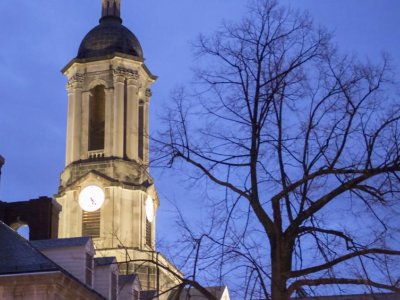
Windows and skylights that generate solar electricity, or that adjust their opacity to control room lighting and solar heat gain, feature prominently in most visions of future energy-efficient building technology. Transparent photovoltaics (PV) and electro/thermochromic glass are currently being pursued to achieve these respective goals, but neither works well at present and both hinge on the development of new materials that are unproven in the building industry. We propose a new PV skylight technology that selectively harvests the direct component of sunlight while letting the diffuse component through for lighting. Based on the concept of microtracking optical concentration, and implemented with proven off-the-shelf components, this approach could more than double the annual energy yield of the skylight relative to transparent PV while also enabling active control over the brightness, color, and infrared heat content of light transmitted into the building.
The goal of this seed project is to develop a proof-of-concept prototype, characterize its energy conversion efficiency and lighting quality, and estimate its impact on building heat load for various locales and installation orientations. Realization of a compelling prototype would lead to a high-visibility outcome for IEE, one master’s thesis, a journal manuscript, and provide the basis for our team to pursue public and private follow-on funding.
Researchers
Noel Chris Giebink

Kevin Houser




